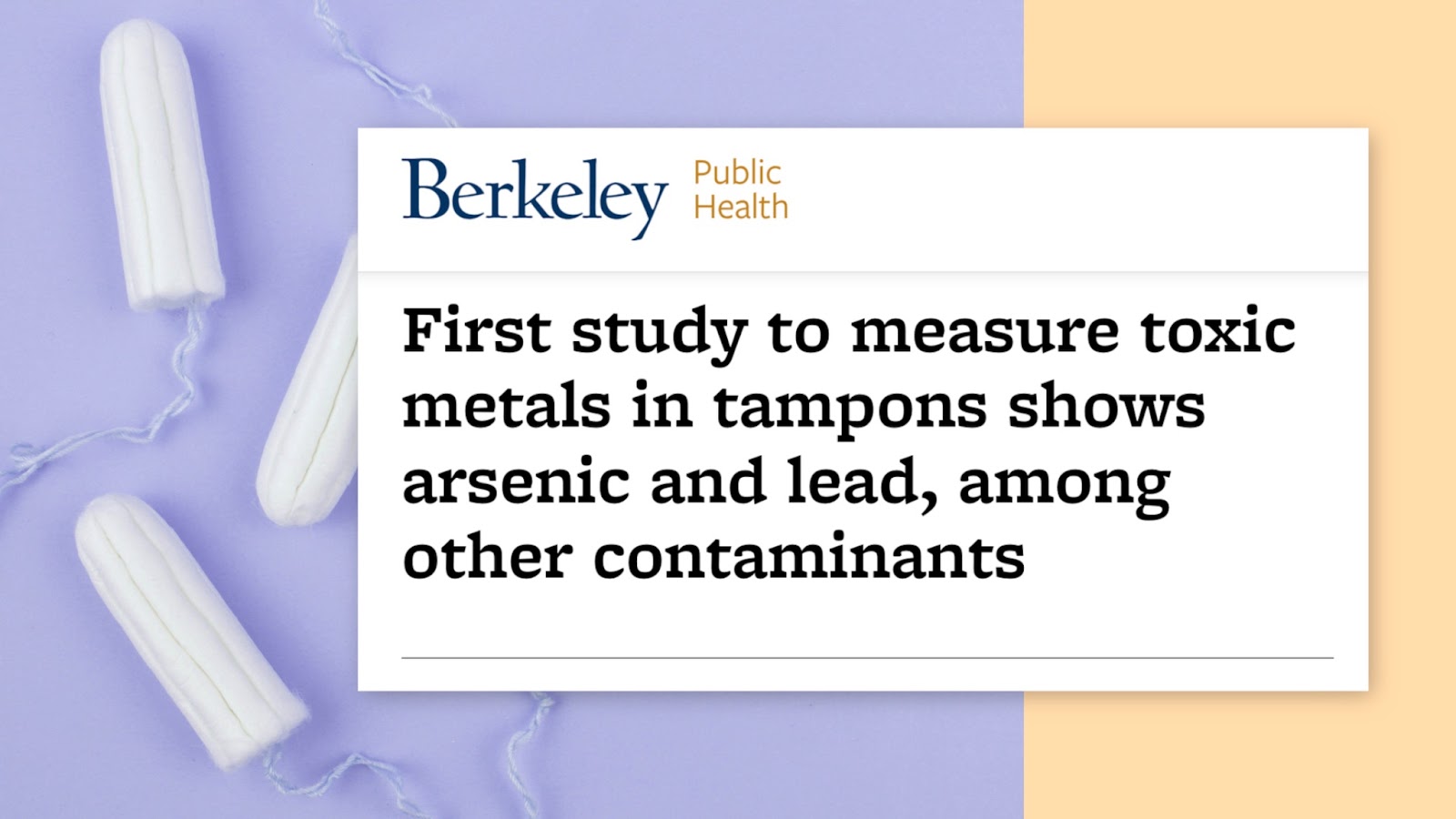Hi, my name is Dr. Rich, and I’m passionate about providing everyone with practical knowledge about the world of women’s health. If you have had a sterilization procedure, if you’ve had your tubes tied and life circumstances have changed, and you’re interested in fertility, we’re going to talk about the risks, benefits, the costs associated with tubal reversal and the alternatives stay tuned.
Don’t have time to read this blog post? Watch it here instead!
Question 1: What does tying tubes actually mean?
Well, in the female reproductive tract, there are essentially four parts, ovaries tubes, uterus, and cervix. The tubes are functionally just a conduit or a corridor that the egg goes from the ovary to get to the uterus. Now for the purposes of contraception or the purposes of permanent sterilization, meaning that you can’t get pregnant anymore. We can actually take out a piece of that tube, uh, on each side, or put a band or a clip around, uh, that tube so that it blocks the path. So the egg never gets to the uterus. And so fertilization can occur and pregnancy can’t occur. Now, there can be a risk of failure if it’s quoted somewhere one in 300, that this procedure could fail and you could get pregnant, but for most circumstances, occluding or blocking this tube or this, uh, uh, this, this channel from the ovary to the uterus induces or causes permanent sterilization.
Now in general, there are three different types or timeframes in which someone would get their tubes tied. One is at the time of a C-section when there’s an incision and the tubes are accessible and they’re tied right at that time, a second type is a laparoscopic procedure where a woman would undergo a tubal ligation with small incisions, and the tubes would either be clipped with a, um, metal object called a fill sheet clip or banded with a silastic ring called a float ring, or part of the tube removed, or all of the tube removed. The third type of sterilization occurred, um, sometime between, uh, 2005 and 2015, that timeframe a procedure called essure. Now this product by Bayer has subsequently been taken off of the market, um, due to side effects and a expanding, uh, database of patient complaints of side effects from the procedure. And even though it’s not currently on the market and it’s not currently an option, uh, there are many patients who have been sterilized with the procedure and want to know what their fertility options are.
Question 2: Why would somebody want to untied their tubes?
So it is not a type of surgery that should be entered into lightly. If someone is considering permanent sterilization, we have to understand that there is going to be some risk of future regret in making that decision. And there are studies that actually quantify what that risk is, uh, younger patients, less than 24, um, are the highest risk group, uh, less than 30, another high risk group, uh, never been pregnant, very high risk group. And the fourth high risk group would be unexpected life events. So god forbit, then something happened to, you know, someone’s children, or maybe there are, is a change in someone’s marital status, and they just decide that they want to have the ability to get pregnant again. So fortunately, um, there are a number of different possibilities for someone who’s had their tubes tied and now they want to get pregnant again.
Question 3. What’s the cost?
So this also, we can kind of lead-in from the last question when I alluded to there being, um, several options. Okay. And the main options, the main two options for someone who’s had their tubes tied, and now they want to get pregnant are invitro-fertilization, which is an assisted reproductive technology that basically circumvents or bypasses the blocked tubes, how that functionally works is you would, um, take an egg harvest and a take the sperm, create an embryo outside of the body, and then put that embryo back in the uterus. And then the pregnancy would take off from there. You can do that without having to untie the tubes. Now, the question here is cost. So what is the cost for that average cost for a single round of in vitro fertilization is going to be somewhere in the neighborhood of 12,000 to 22,000, depending on different ad-ons, if you will, um, that would improve, uh, the chances of success.
But overall, um, average chances of success are somewhere between 65 and 75% per cycle. Now compare that to tubal reversal, compare that to surgically going in and stitching those two cut ends of the tubes back together, and then being able to get spontaneously pregnant well with tubal reversal, that’s going to ring in right around $10,000. So, um, you know, 20,000 versus 10,000 with similar success rates, somewhere around 65 to 75%. So the main advantage of getting the tubes tied versus IVF is going to be the ability to get pregnant more than one time from one procedure. If you were going to do IVF, you would have to undergo multiple cycles if you wanted to get pregnant more than one time. And there are many other considerations that look at, um, the patient’s age, egg quality, uh, and a number of other things that you would need to discuss with your physician to decide which of these is appropriate.
Yeah. Now I’m sure anybody can do their homework and find a, what should we say, lower costs, options for, to Lori Nesta MOSIS um, and it’s a buyer beware type of, uh, consideration. So there are certainly centers where they specialize in, uh, tillering Eskimo is through open incisions. And, um, I’ve seen, you know, these for as low as $5,000. This is typically a, both IVF and tubal reversal. Tutoring estimates are typically not covered by insurance providers, but it may be worth a call to your insurance company to see if that’s a possible coverage. So the next question is, are there any health risks? And this also kind of leads in from the last question, when we talk about the two ways to reenact the most or tie the tubes back together. So you can do that through an open incision, kind of like a C-section or robotically with little tiny incisions.
Now, in general, when we’re talking about surgery, the risk of complications is higher when you do an open surgery, as opposed to, um, the robotic or the minimally invasive option. Also, there’s less pain. Yeah. It’s quicker recovery, uh, with the robotic option. So some of the complications that can occur with either, but are more common with open surgery, could be a bleeding infection. Um, it’s possible to cause harm to some other organ. Uh, while you’re doing the surgery after surgery, there’s a risk of something called, uh, blood clotting in the legs that can go to the lungs and cause problems. So you want to minimize the risk of those things. Then you want a minimally invasive option or robotic option. It might cost a little bit more on the front end, but it will be worth it. What are the health benefits of getting the tubes untied?
So there aren’t any actual health benefits, but many women will find themselves in a situation. Maybe they have a new partner and they want the ability to conceive. They want the ability to get pregnant. And certainly, there are mental health benefits to having that option. And it is certainly a procedure that after discussion with your doctor, may be an option for you. We had mentioned in the beginning, a sterilization procedure called the Essure procedure where coils are placed in the office or in the, or through the cervix, into the tubes. And this causes the tubes to become blocked and is considered an irreversible type of contraception. In most cases, it is, um, there are some centers that Excel at removing the coil from the, to, uh, to restore fertility, but there are a lot of health concerns related to that. This is a topic that certainly we would dedicate an entire video to. So, uh, stay tuned and subscribe. So you can, uh, catch that in our next video, tubal ligation and tubal, ligation reversal. These procedures can have a big impact on your quality of life. If you have questions about what we discussed, feel free to drop that in the comment section below. If you know somebody who’s interested in tubal, ligation reversal, please share this video.




